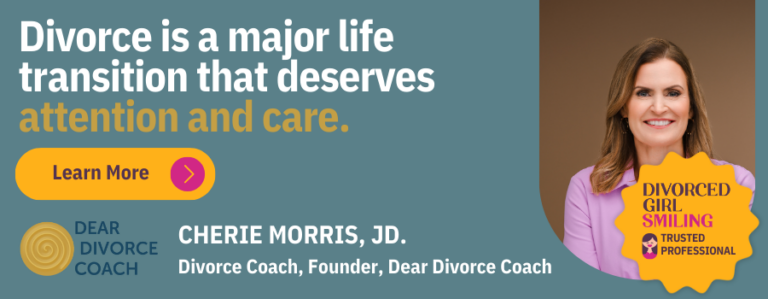We all have bad habits. Some are so ingrained in our daily routine that we barely notice them. These habits may seem harmless, but they can hurt our lives in the long run. Examples of bad habits are procrastination, nail-biting, overeating, smoking, etc. Going through a divorce might be the right time to take action in stopping a bad habit.
The first step in stopping a bad habit is that you need to be willing to unlearn the habit. Unlearning a bad habit may sound difficult, but it is possible.
Here are 7 Steps in Stopping a Bad Habit
Step 1: Identify The Bad Habit
The first step in unlearning and stopping a bad habit is to identify it. You need to be aware of the bad habit you want to unlearn. Take time to reflect on your habits and determine which ones negatively impact your life. It could be a bad habit affecting your physical, mental, finances, or relationships. Once you have identified the bad habit, please write it down and keep it somewhere visible.
Step 2: Understand The Habit
The second step is to understand the habit. What triggers the bad habit? Why do you engage in it? Understanding the habit will help you develop strategies to overcome it. For example, if you have a habit of overeating, you need to understand why you overeat. It could be because of stress, boredom, or comfort. Once you know the underlying cause of the habit, you can start taking steps to address it.
Step 3: Set Realistic Goals
The third step is to set realistic goals. Unlearning and stopping a bad habit takes time and effort. We cannot expect to change overnight. Almost every change we make often requires preparation to plan how we will change. It is essential to set realistic and achievable goals.
For example, if you have a habit of smoking, you may reduce the number of cigarettes you smoke each day. I learned the effectiveness of this with my neighbor, who had smoked cigarettes for almost 45 years. I will never forget the day he showed me his last pack. He said, “This is my last pack. I am smoking one a day, and this pack will be my last one.” It was. I was so impressed.
Step 4: Develop A Replacement Behavior
The fourth step is to develop a replacement behavior. It would help if you replaced the bad habit with a new behavior that is positive and beneficial. For example, suppose you have a habit of procrastinating. In that case, replace it with a habit of setting small daily goals to help you achieve your long-term goals.
Step 5: Create A Support System
The fifth step is to create a support system. Changing a bad habit can be challenging, especially if you have been engaging in it for a long time. It is essential to have people who will support and encourage you throughout the process. You can join support groups, talk to a friend or family member, or seek professional help.
Step 6: Monitor Your Progress
The sixth step is to monitor your progress. Keep track of your efforts and celebrate the small victories along the way. This will help you stay motivated and focused on your goal. Don’t beat yourself up if you slip up and engage in the bad habit. Instead, refocus your efforts and continue working towards your goal.
Step 7: Practice Patience And Persistence
The seventh and final step is to practice patience and persistence. Unlearning and stopping a bad habit takes time and effort. It would help if you were patient and persistent in your efforts. Don’t give up if you don’t see results right away. Keep working at it, and eventually, you will succeed.
Final Thoughts
I once read a quote by Alvin Toffler that read, “The illiterate of the 21st century will not be those who cannot read and write, but those who cannot unlearn and relearn.” Unlearning a bad habit is not easy, but it is possible. By following these seven steps, you can overcome your bad habits and live a healthier and happier life.
Remember to be patient with the process. yourself, celebrate small victories, and seek support from others to reinforce the changes you are trying to make. Finally, report your success and challenges to an accountability partner. It may take time, but the result will be worth it.

Dr. Kevin Skinner is a licensed marriage and family therapist. Throughout his 28 year career Dr. Skinner has worked to help individuals dealing with the pain associated with divorce. His course, The Essentials to Healing after Divorce, is a culmination of research and study on how to accelerate healing.
In addition to therapy, Dr. Skinner has created online courses for Bloomforwomen.com and Noble.health. He has written professional assessments completed by thousands of people. He is the author of four books, Treating Sexual Addiction: A Compassionate Approach to Recovery, Treating Trauma from Sexual Betrayal, Treating Pornography Addiction, and Rebuild Your Relationship after Sexual Betrayal.
He has also trained therapists throughout the world as a faculty member for IITAP. Together with his wife Katy they have 8 children and two grandchildren.



















